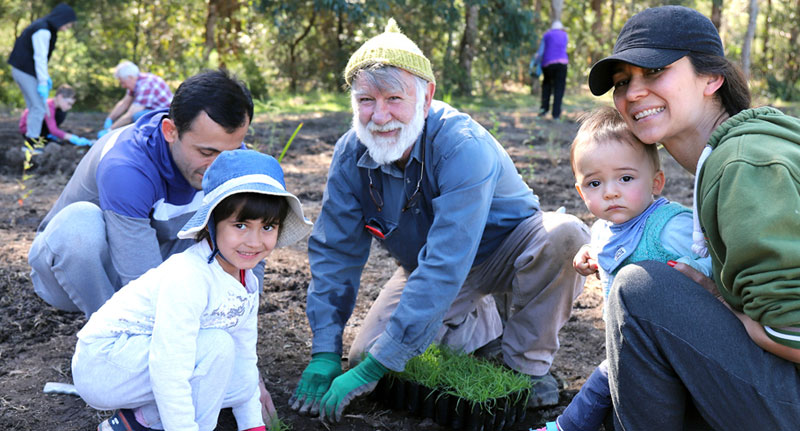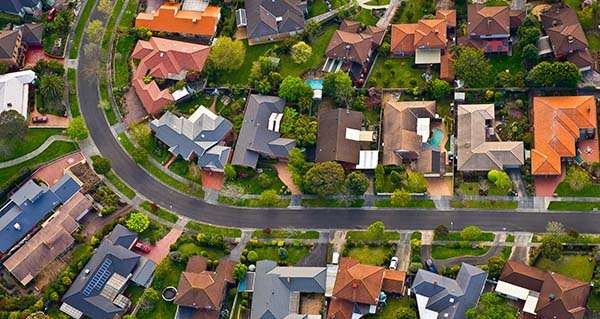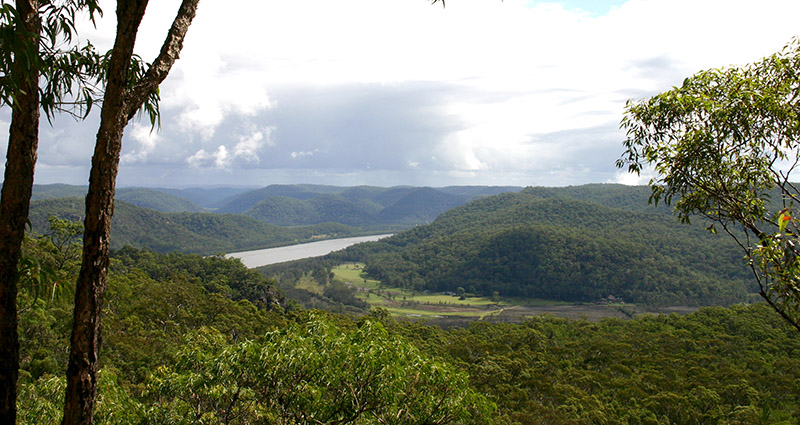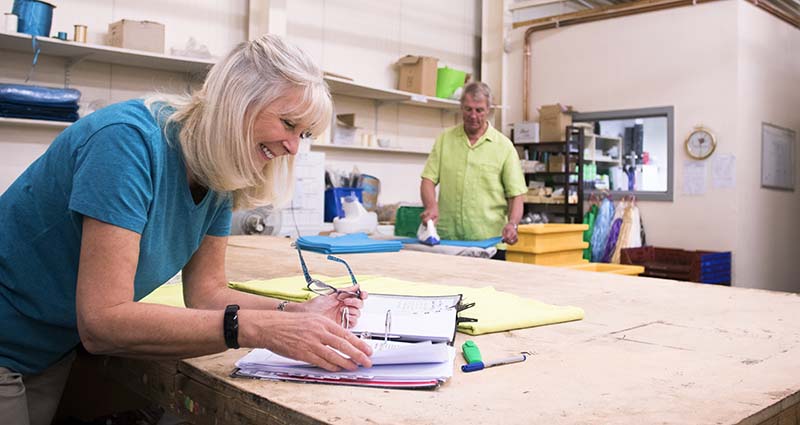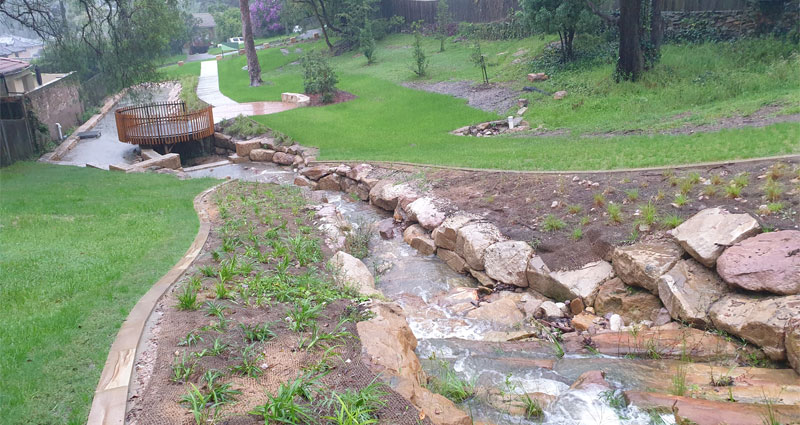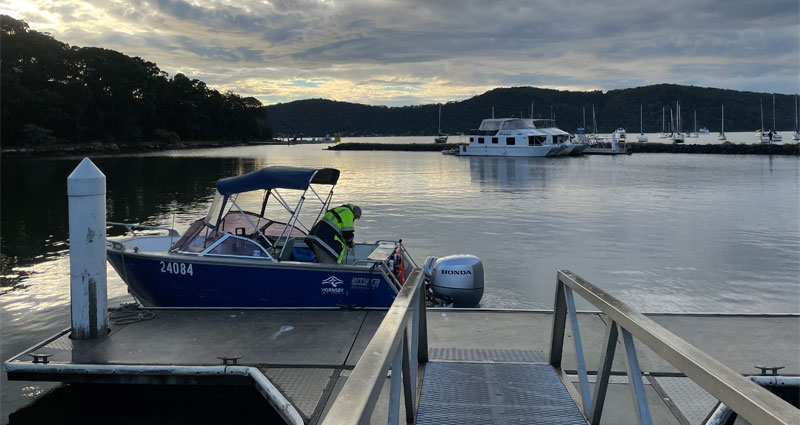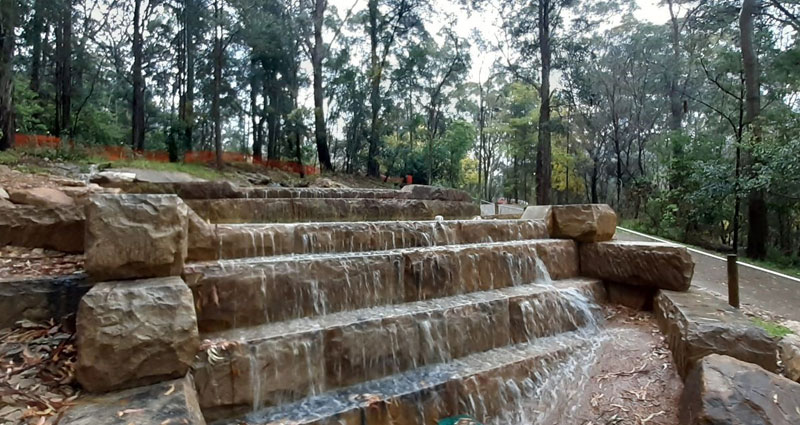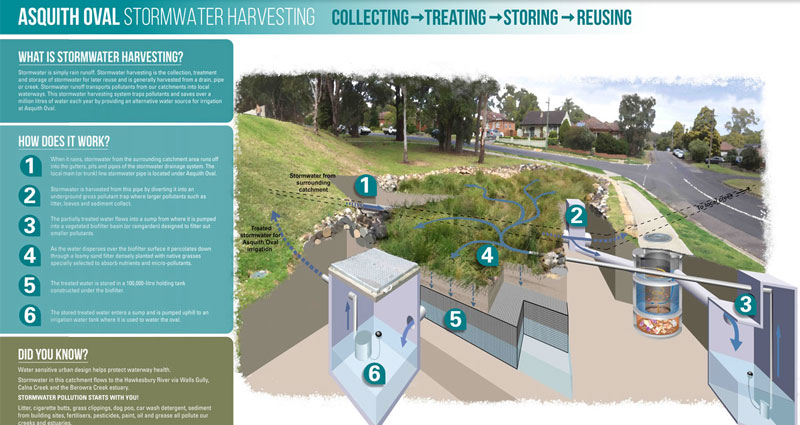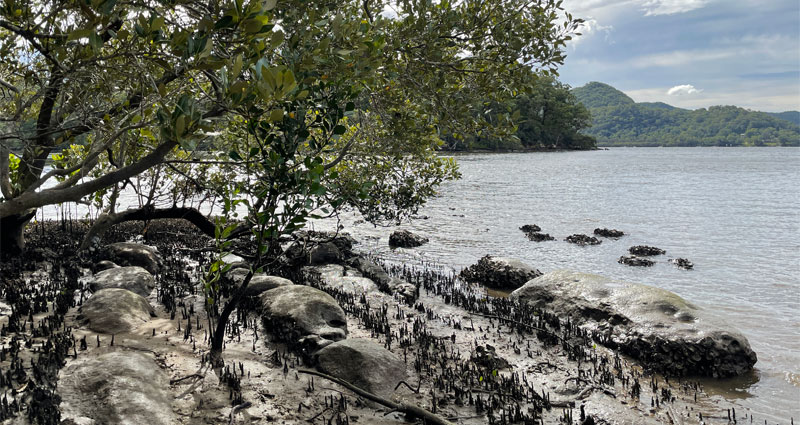What is happening on the ground
Urbanisation replaces natural vegetation with impervious surfaces such as roads, driveways, and building roofs, resulting in increased runoff rates and volumes, as well as changes to water quality and pollutant loads in stormwater runoff. The increase in impervious areas in urban catchments is a prominent source of stormwater contaminant, including sediments, nutrients, litter, heavy metals and chemicals.
Stormwater treatment aims to reduce pollutant loads entering downstream waterways by filtering and absorbing nutrients such as nitrogen and phosphorus, and trapping/removing litter and sediments from urban runoff. Council’s Catchment Remediation Rate allows us to implement, maintain and monitor bioretention systems, wetlands, permeable pavements, and stormwater harvesting devices across the Shire.

